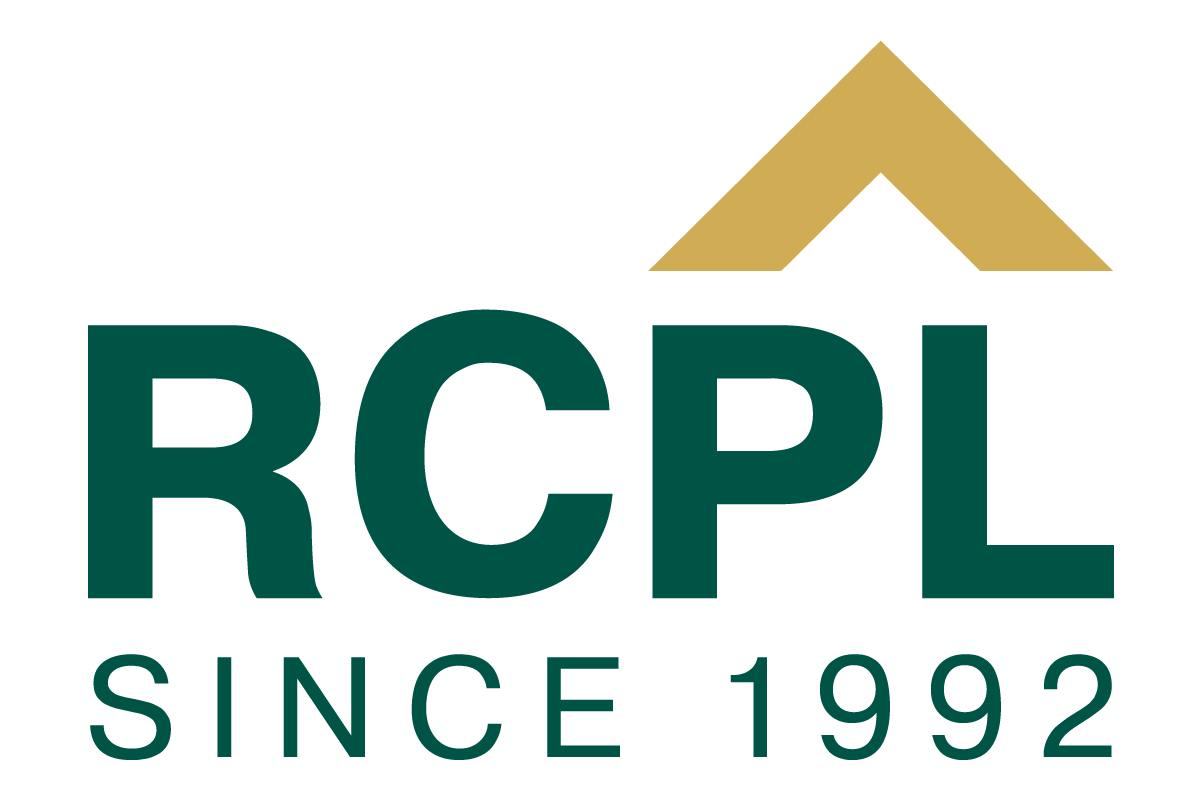

The Evolution of Real Estate in India: From 2000 to 2025
Over the past 25 years, the Indian real estate sector has undergone a remarkable transformation. From being largely unorganized and developer-driven in 2000 to becoming a more structured and consumer-centric industry in 2025, the sector's growth reflects the changing dynamics of the Indian economy, advancements in technology, and the implementation of progressive reforms.
The Early 2000s: A Nascent Stage
At the turn of the millennium, real estate in India was still in its formative years. The sector was primarily dominated by local developers with limited standardization. Cities like Mumbai, Delhi, and Bangalore were the focal points of development, with the demand for residential and commercial properties gradually increasing due to urbanization and economic liberalization. However, the industry faced challenges such as lack of transparency, delays in project delivery, and inadequate consumer protections.
2005-2010: The IT Boom and Urban Expansion
The mid-2000s marked the rise of the Indian IT and ITES sectors, driving demand for commercial spaces in cities like Bangalore, Hyderabad, Pune, and Chennai. This period also saw the emergence of integrated townships and luxury housing projects catering to an expanding middle class and NRIs. Real estate investment gained momentum as financial institutions introduced home loans with more accessible terms. However, the 2008 global financial crisis temporarily slowed growth, highlighting the need for better regulation and risk management.
2010-2015: Rising Consumer Expectations and Affordable Housing
Post-2010, the real estate sector witnessed a shift toward meeting the needs of an aspirational middle class. Affordable housing projects became a key focus for developers, supported by government incentives like interest subsidies. Tier-II and Tier-III cities emerged as new growth hubs, driven by infrastructure development and rising employment opportunities. Meanwhile, luxury and ultra-luxury housing segments grew, reflecting changing consumer preferences and increasing disposable incomes.
2016: The RERA Revolution
One of the most defining moments in Indian real estate history came with the introduction of the Real Estate (Regulation and Development) Act (RERA) in 2016. This landmark legislation transformed the industry by mandating project registrations, ensuring timely delivery, and protecting home buyers' interests. RERA brought much-needed accountability and transparency, fostering trust between buyers and developers. Alongside RERA, the Goods and Services Tax (GST) streamlined taxation, while demonetization curbed unregulated cash transactions, pushing the sector toward formalization.
2017-2020: Technological Integration
As technology advanced, the real estate sector embraced innovations like virtual property tours, AI-powered real estate platforms, and digital marketing. Smart homes, equipped with IoT devices, gained popularity, catering to tech-savvy buyers. Sustainable and eco-friendly construction practices also emerged, reflecting a growing awareness of environmental concerns. Developers increasingly adopted green certifications and energy-efficient designs to meet consumer demands for sustainability.
2020-2025: Resilience Amidst the Pandemic and Future Prospects
The COVID-19 pandemic in 2020 disrupted the real estate market, but it also highlighted the sector's resilience and adaptability. Remote work triggered a surge in demand for larger homes with dedicated office spaces, while urban migration patterns shifted toward suburban and semi-urban areas. Developers leveraged digital platforms to engage with buyers, ensuring business continuity during lockdowns.
Government initiatives like “Housing for All” and infrastructure projects such as Smart Cities Mission further boosted the real estate market. By 2025, the sector had evolved into a more consumer-focused industry, characterized by transparency, digitization, and innovative solutions. With continued urbanization, a rising middle class, and technological advancements, Indian real estate is poised for sustainable growth.
Rajarathinam Constructions: A Legacy of Trust and Progress
At Rajarathinam Constructions, we’ve been proud witnesses to this evolution, adapting and growing alongside the industry. Our commitment to quality, transparency, and customer satisfaction reflects the very principles that have shaped modern Indian real estate. From crafting homes that resonate with changing lifestyles to adopting cutting-edge technologies for seamless project delivery, we remain dedicated to building not just structures but lasting relationships.
As we look toward the future, Rajarathinam Constructions is ready to embrace new opportunities and challenges, ensuring that our projects stand as benchmarks of excellence in an ever-evolving landscape.



